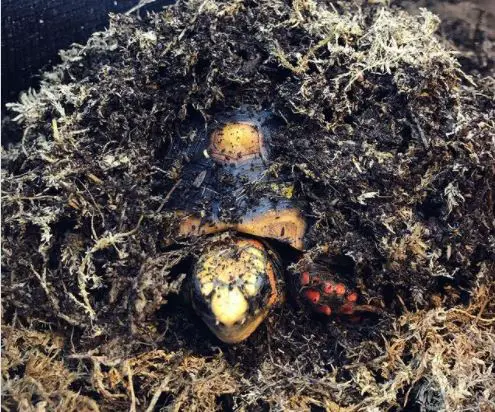Why do you need to know how to clean reptile substrate?
Reptiles are often kept in enclosures with the substrate. It can be important to clean these substrates regularly so that the animals don’t get sick or develop an odor.
This blog post will discuss what materials should not be used for reptile substrate and how to clean reptile substrate properly.
Related Posts:
- Best Heat Mats for Leopard Gecko
- Top 7 Leopard Gecko Starter Kits for Easy Setup
- Best Substrate for Bearded Dragons
- Best Substrate for Chameleons
How to Clean Reptile Substrate?
Reptile substrate is one of the most important things to keep clean in your terrarium. This will give a better life to you and your reptile.
But how do you clean reptile substrate? It is so simple! You just need to know what you can or what you cannot use to clean it.
First, we must talk about the two most used substrates, which are artificial substrates and natural substrates.
Artificial Substrates
Artificial substrates are the most used substrate. There are many different types, but all have one thing in common: It can’t be totally sterilized, so you will always have a kind of “dirt” inside the substrate, which is not good for your reptile.
How to Clean Artificial Substrates?
With artificial substrates, we must always change them and never try to clean them with anything because you will only create a kind of “mud” and this can be very dangerous for our pet’s health.
So, if you see that the substrate is very dirty, change it immediately.
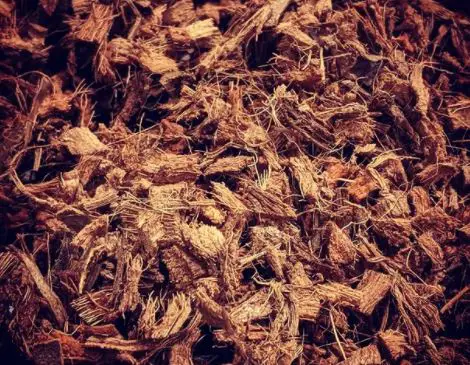
Natural Substrates
While the artificial substrates can’t be totally sterilized, with natural substrates, this could be done but you should do it correctly or your substrate will not become totally sterile.
How to Clean Natural Substrates?
You can totally sterilize your substrate with natural substrates and we must always let it dry before placing our pet inside. You can use boiling water or any product that has bleach (use rubber gloves).
Let it dry for at least 24 hours.
Another way to clean it is by using a vacuum cleaner with a brush so that when you take out the dead leaves and feces from your substrate, you can leave it dry before placing your pet inside.
You must change the substrate every month because it will accumulate a lot of feces, which could be very dangerous for your animal’s health!
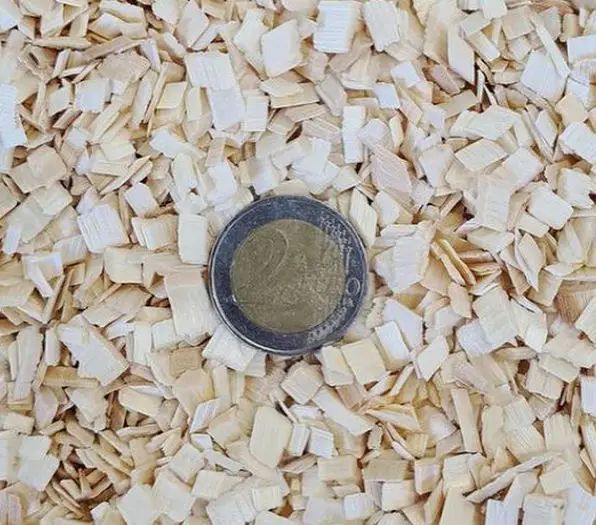
How to Make a Homemade Disinfectant for Reptiles?
A couple of weeks ago, I wrote a post on how to disinfect reptile enclosures and mentioned that I use a homemade disinfectant for cleaning my snake room. I decided to write a post all about the recipe for this solution as it has worked really well for me.
Before you start mixing any chemicals together, it’s important to know what the disinfectant is for.
The purpose of this solution is to disinfect all equipment used within reptile enclosures (water bowls, hides, etc.).
It’s not meant for cleaning the actual enclosure itself, which should be done with hot soapy water or an appropriate cleaning product depending on what material it’s made out of.
I use this spray daily to disinfect all of the equipment in my snake room that has been used overnight.
I also use it if a snake bites the inside of his mouth on something during feeding, which can happen from time to time, so it’s good to be prepared for this kind of thing.
Materials:
- 1 litre of water
- 20ml household bleach
- 5ml dishwashing liquid (I use Fairy)
- 1 cap full of laundry detergent (optional but I find it helps with the disinfecting properties, but this is just for scent so you can leave it out if you don’t want to use it)
Procedure:
Mix all of the ingredients together in a spray bottle and you’re set. I keep mine in the fridge and just give it a shake before use to re-mix the ingredients.
You can spray this solution on all of your daily cleaning jobs and then rinse it off after about 30 seconds with clean water.
The disinfectant has an expiration, so please check yours from time to time and refresh/replace if needed.
Bleach is a harsh chemical and can be harmful to your eyes, skin, etc. Please use this solution safely and with care.
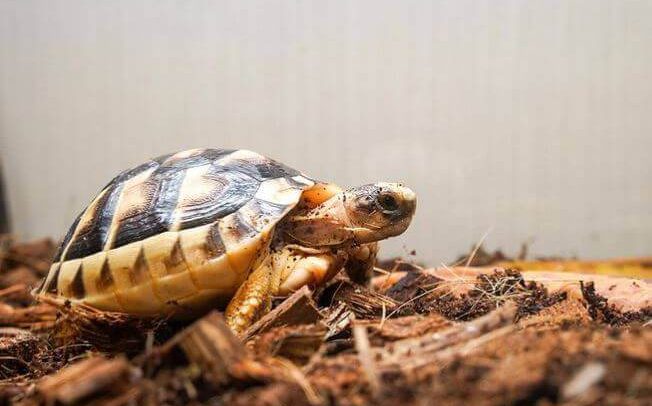
How to Clean an Anole Lizard Tank?
- Provide a safe and comfortable environment.
- Remove any loose substrate in order for your pet to not accidentally ingest it while eating.
- Thoroughly clean the inside of his tank using a mild bleach solution (one part water, one part bleach).
- Dry the tank with a paper towel before returning your pet’s home.
- Scrub the tank’s outside.
- Wash all your pet’s accessories, such as his water dish or hide box, with a mild bleach solution before returning them to the clean tank.
- Rinse everything twice with clean water to get rid of the bleach and dry it again with a paper towel before using it again in your pet’s home.
- Clean your pet’s water dish with soap and water. You can also dip it in the bleach solution as well. Just make sure to rinse it with clean water afterward and dry it completely before returning it to your pet’s tank.
- If you’re using a substrate, such as sand, replace it with a fresh substrate. A new substrate is better than a substrate that has been stored for a long period of time. Also, wash your pet’s accessories in clean water before returning them to the tank with fresh substrate.
- Make sure the temperature and humidity levels are correct. Do a 50-percent water change at least once a month or more often if possible.
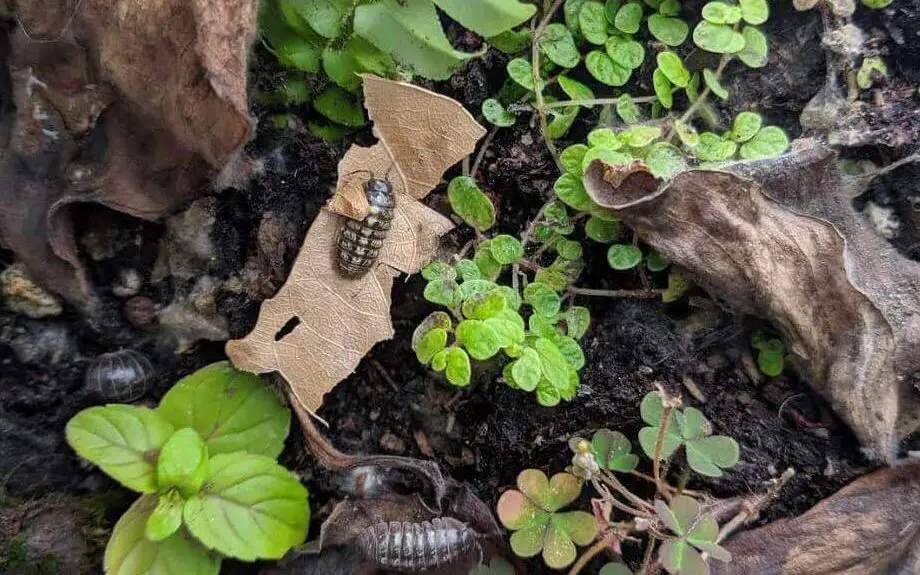
How to Clean a Reptile Tank With Vinegar?
To clean a reptile tank, start off by removing everything from the cage and then follow these instructions:
- Mix up some vinegar in a spray bottle.
- Spray down everything in the cage with it, glass included.
- Let it sit for about 15 minutes before scrubbing it off with an old toothbrush or dish sponge.
- After the cage has finished soaking, simply wipe it down with a paper towel or dish sponge to remove unsightly stains and gunk.
Vinegar is a product that can be found in most households and does not emit dangerous levels of fumes like some household cleaners.
When combined with water, it forms a substance that is more potent than either vinegar or water used alone. Mixing white vinegar and warm water at a 3:1 ratio will effectively clean all surfaces of a reptile’s environment.
Water and white vinegar are both non-toxic to reptiles, are relatively inexpensive, and are easily available.
Soaking the enclosure in these agents for 15 minutes will kill off any bacteria or fungus that may be lurking on the surfaces of your pet’s habitat.
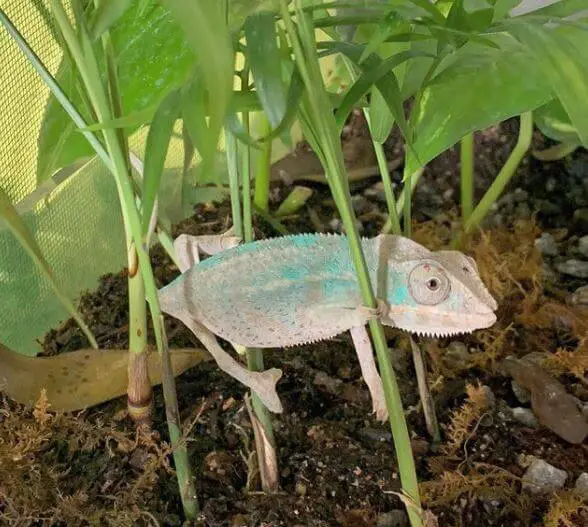
How to Clean Reptile Wood?
When it comes to cleaning wooden vivariums, sheeting, or any other enclosure material reptiles are housed in, there are several differing opinions about the methods used.
Some people use household bleach, others will only use hot water and Fairy liquid.
We have tried many different methods over time with varying degrees of success and we can now say with confidence that the best and most reliable way to clean your reptile housing is by using blackboard cleaning fluid.
Conclusion
In this post, we discussed the necessary steps to clean reptile substrate. We hope that you now feel confident in your ability to rid of all the icky bacteria and debris from your pet’s habitat with a few simple DIY techniques.
If not, don’t worry!
Contact us today for more information on how we can take care of those dirty jobs for you so you have time to enjoy life as it is right now.
Further Reading:
- Best Turtle Substrate for Your Pet Tank
- Best Substrate for Russian Tortoise
- 6 Best Substrate for Leopard Tortoise
- Best Bioactive Substrate for Leopard Gecko

